Two years ago, we made a bold prediction: an “infrastructure bill” was Washington fantasy. Following the election, the consensus opinion was that President Trump campaigned on infrastructure, an area of bipartisan interest, and the Republicans had the votes to push forward legislation. Yet by the time the administration released its plan, patience had worn thin and the plan benefited too few places. A bold infrastructure plan never moved in the 115th Congress.
Today, it’s easy to feel the same high hopes for a bold infrastructure vision. A number of business coalitions and other groups are again calling for federal action. The new Congress signaled its desire to get something done, riding a wave of bipartisan support. Meanwhile, President Trump continues to voice interest in a major infrastructure push, fulfilling a long-standing campaign promise.
So, are the stars better aligned for an infrastructure bill this year? Unfortunately, rhetoric only goes so far, and Washington continues to suffer from the same elemental failure as it did in 2017—the U.S. lacks a clear infrastructure vision. Only when Congress is ready to truly debate what objectives the federal government hopes to achieve—and how to invest to advance those goals—can we begin to craft a transformative national strategy.
Only when Congress is ready to truly debate what objectives the federal government hopes to achieve—and how to invest to advance those goals—can we begin to craft a transformative national strategy.
If we’re looking for positive signs, the start to this year only raises our doubts.
Rebuilding America was supposed to be a major pillar of President Trump’s State of the Union—and overall policy agenda—but the lack of any details in his speech was telling. The Administration isn’t short on ideas after releasing a 50-page, $1.5 trillion infrastructure plan last year, and the SOTU was a prime-time opportunity to signal which concepts were still a priority. Instead, infrastructure was buried in a long list of other policy items, limited to about three sentences.
With President Trump punting and the Senate hanging back, House Democrats will take the lead on shaping the national discourse. The only problem is that their initial steps leave much to be desired.
The House Transportation and Infrastructure Committee opened with a highly-anticipated hearing on the importance of investing in the country’s infrastructure. The nearly 7-hour affair, however, spent much of its time on the “costs of doing nothing.” Alarmist and reactionary, many of the statements put forward by the witnesses and committee members repeated similar strategies from past years: the need to raise the federal gas tax, the desire to test out new user fees, and a focus on passing legislation quickly. Rep. Peter DeFazio (D-Ore.), the committee’s new chair, opened the hearing by literally sounding an alarm on his phone.
To break free from these same debates, Washington cannot act like it’s reacting to an infrastructure emergency or that speed is paramount. Yes, the country’s infrastructure investment needs keeps rising and there are serious questions around how to pay for such spending. But it’s time federal leaders concentrate on more salient infrastructure concerns, think long-range, and exhibit some patience to explore big ideas.
It’s time federal leaders concentrate on more salient infrastructure concerns, think long-range, and exhibit some patience to explore big ideas.
Much like the last great round of federal infrastructure frameworks—the highway effort in the 1950s and the clean environment work of the 1970s—our legislators need to start asking difficult questions about issues like access, affordability, and resilience. What is the 21st century infrastructure vision to address economic, technological, and environmental change? How can federal policymakers partner with state and local leaders, as well as the private sector, to better measure, target, and accelerate our investments? Where do individuals and communities—both urban and rural—stand in these larger federal conversations?
Sure, there are some positive signs in the first couple months of the year. We applaud Rep. DeFazio’s recognition about the federal interest in electrifying transportation. The Green New Deal pried open a policy window to discuss future-looking investments. Both are much needed, but their positive energy should not blind us to the absence of a new comprehensive vision.
Americans want a new vision, something they’re often getting strictly from their local and state leaders. So how will we know if this will be another two years with no real movement? Just watch the messaging: if the conversation starts with alarms and dollar signs, we’ve already lost.
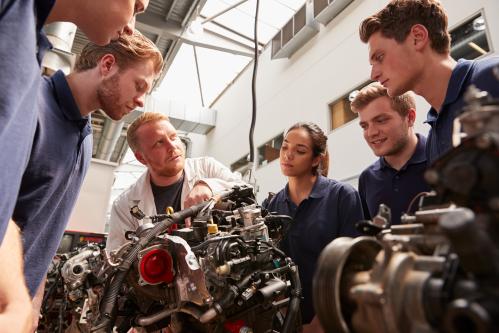
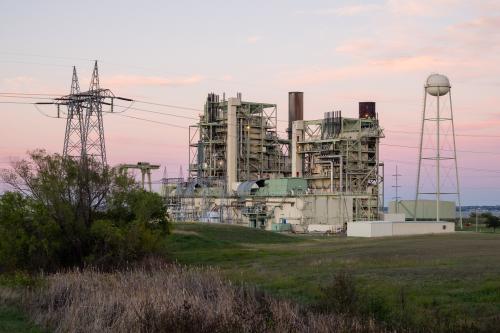
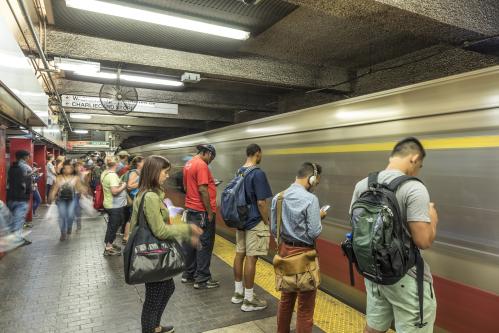


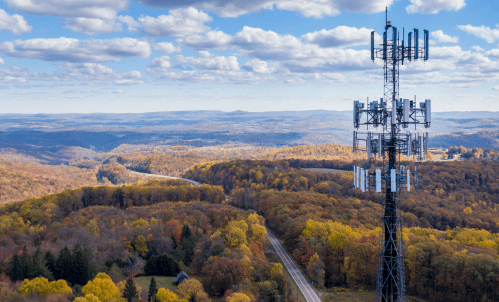
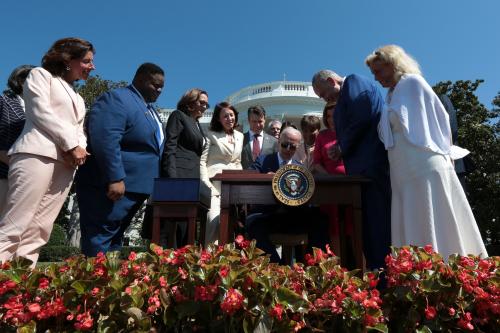
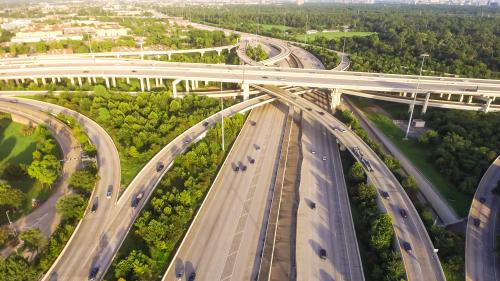
Commentary
New year, same debate? Washington needs a fresh infrastructure approach
February 19, 2019